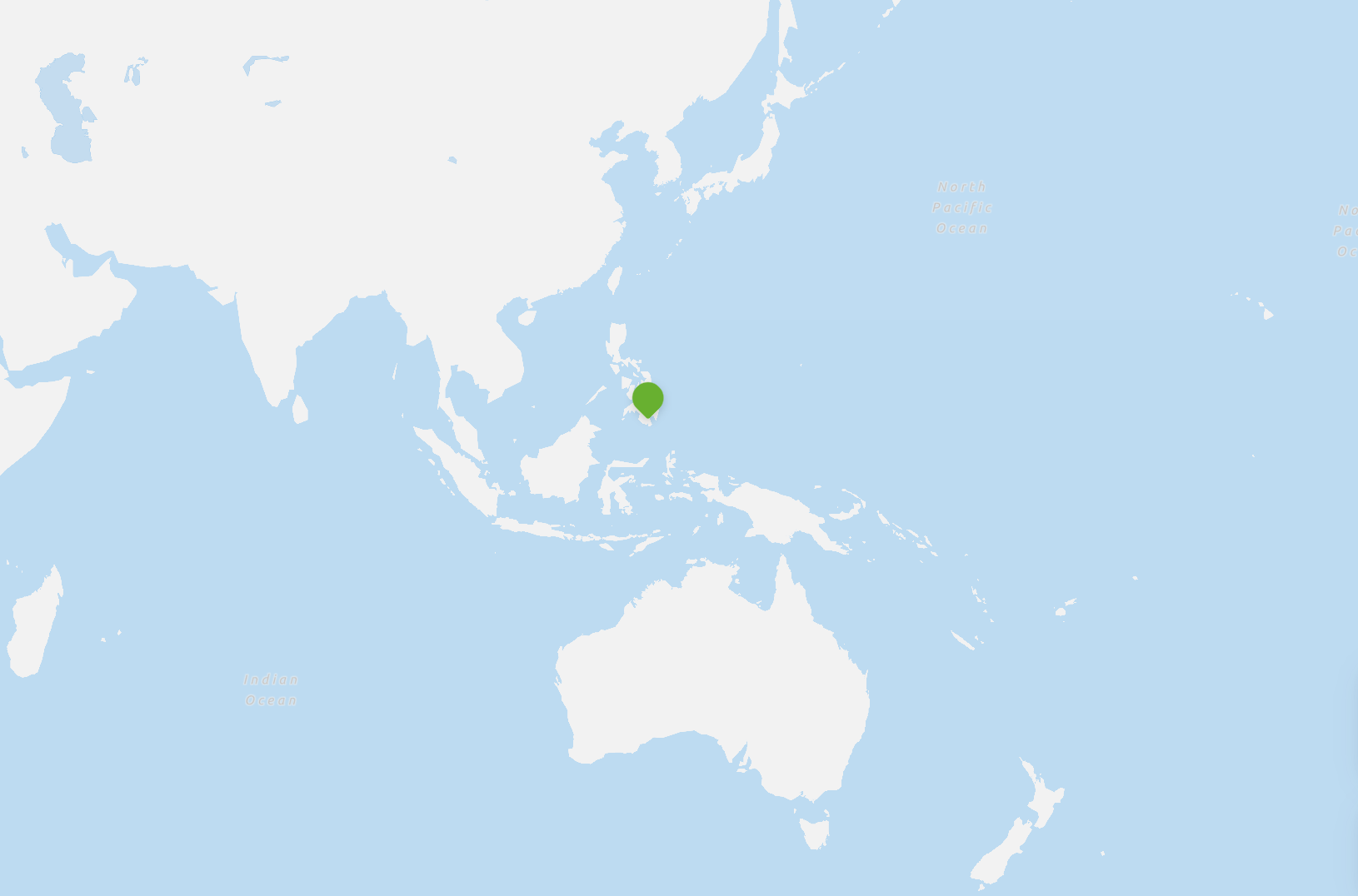Weltweite Pflanzprojekte
🇧🇷 Brasilien
Projektzeitraum: 2012
Wo? Unter anderem in Belém im Nordosten des Landes
Wie viele Bäume?
75.000 Nutz- und Obstbäume

2012 begann Plant-for-the-Planet, Arme Menschen e.V. in Zusammenarbeit mit der Associação de Formação e Incentivo para o Nordeste Karente bei der Pflanzung von Bäumen im Nordosten Brasiliens zu unterstützen. Die Idee war, die Baumschulen der regionalen Bauern mit Baumsetzlingen von Obst- und Baumkulturen zu versorgen, die in der Region gut wachsen, wie Cashew, Pinha oder Graviola. Auf dem Feld gepflanzt, brauchen die kleinen Bäume 1-2 Jahre, um sich so weit zu entwickeln, dass die ersten Früchte geerntet werden können. Während dieser Zeit kümmern sich die Bauern um die Bewässerung und den Schutz ihrer Setzlinge. Nach der Ernte haben die Familien in den Gemeinden dann die Möglichkeit, entweder ihren Lebensunterhalt durch den Verkauf der Früchte aufzubessern oder ihre Kinder und Familien mit gesünderen Lebensmitteln und Naturprodukten zu versorgen. Aus den Früchten werden Pfähle für Zäune oder Tierfutter hergestellt. Darüber hinaus spenden die Bäume Schatten für Mensch und Tier. Durch eine besondere Art von Pflanzen kann auch ein Problem der Bienenzucht gelöst werden: In der Trockenzeit finden die Bienen oft keine Nahrung, da viele Bäume in dieser Zeit nicht blühen. Deshalb werden im Aufforstungsprojekt Bäume gepflanzt, die nur in den Trockenmonaten ihre volle Blüte entfalten.
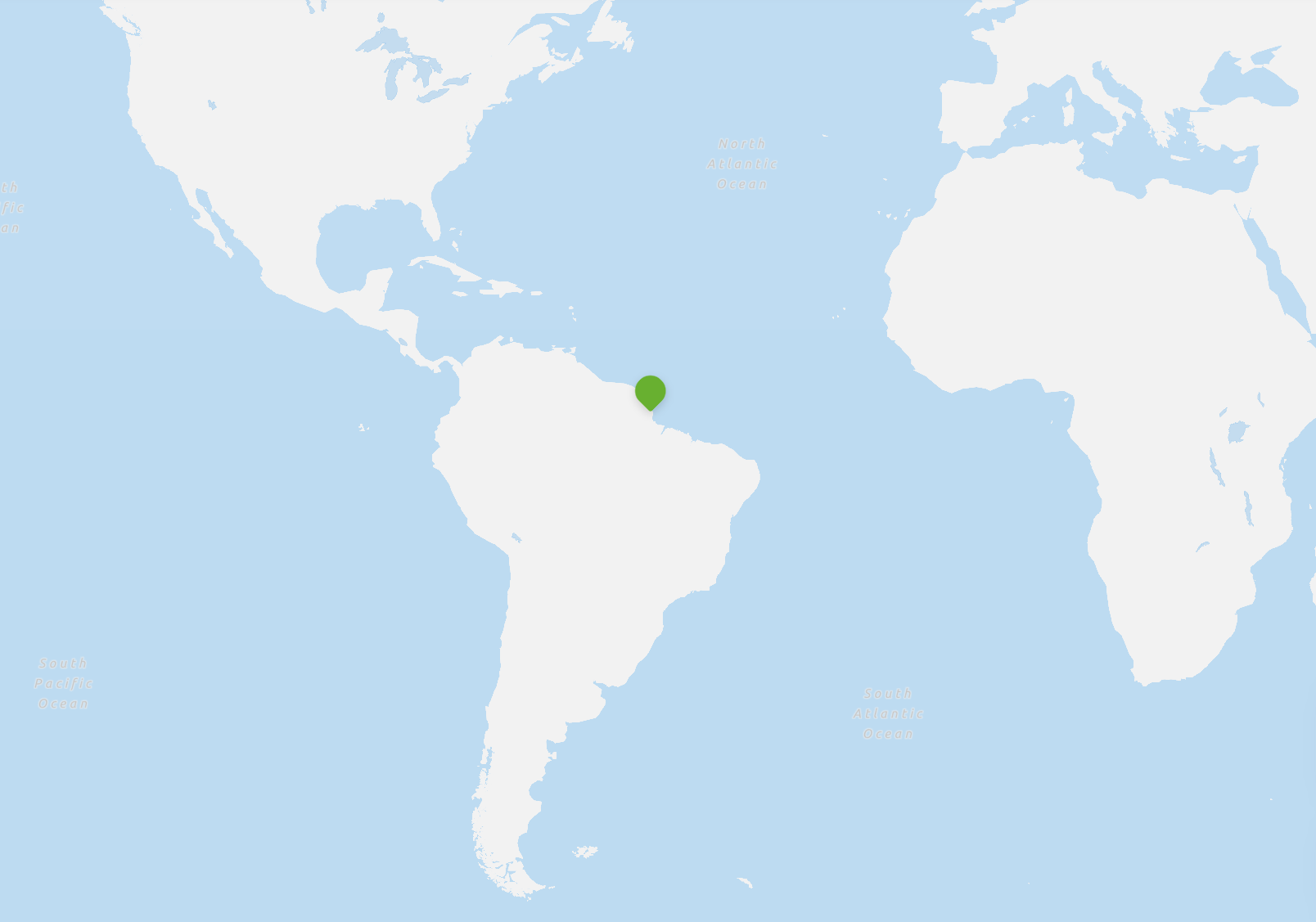
🇨🇩Kongo - Kinshasa
Projektzeitraum: 2012
Wo? In den Regionen Luhwinja, Burhinyi, Kaziba, Walungu, Katana und Iko
Wie viele Bäume? 24.000 einheimische Bäume
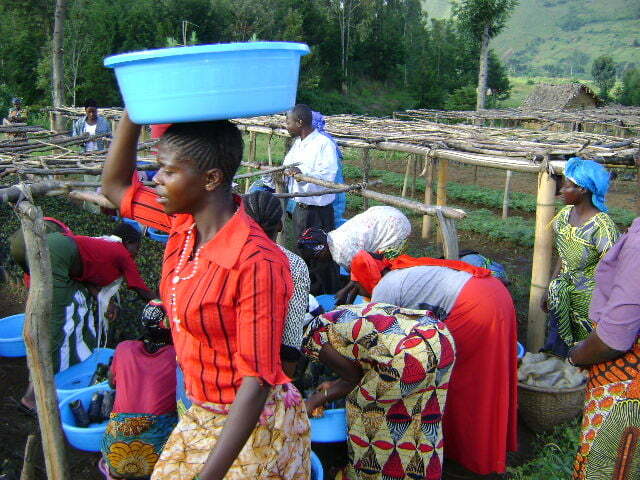
Das zweitgrößte tropische Waldgebiet der Welt befindet sich in der Demokratischen Republik Kongo. Bestimmte Gebiete hier, vor allem in der Provinz Kivu im Osten des Kongo, sind jedoch aufgrund des Raubbaus am Holz als "extreme Holzmangelgebiete" eingestuft. Das Aufforstungsprojekt, das Plant-for-the-Planet in Zusammenarbeit mit unserer lokalen Partnerorganisation durchführt, trägt dazu bei, die verheerenden Auswirkungen der Abholzung und Erosion der kahlen Hänge zu bekämpfen. In den Regionen Burhinyi und Luhwinja, südwestlich von Bukava, wurden mit Hilfe der lokalen Bevölkerung bereits mehr als 1 Million Bäume gepflanzt. Ziel ist es, 20 Quadratkilometer Land wiederaufzuforsten. 2008/2009 unterstützte unser Partner in der Demokratischen Republik Kongo ebenfalls eine Aktivität mit dem Namen "100.000-Bäume-Projekt". In Burhinyi, Luhwinja, Kaziba (im Westen der Provinz Kivu), in Katana, am Rande des Kahuzie-Biega-Nationalparks und auf der Insel Idjwi im Kivuseem wurden in lokalen Baumschulen Setzlinge gezogen, die dann von vielen Einheimischen gepflanzt wurden. Dieses Projekt verbindet auf vorbildliche Weise die Bemühungen um globale Klimagerechtigkeit mit lokalem Umweltschutz und Maßnahmen für die lokale Bevölkerung.
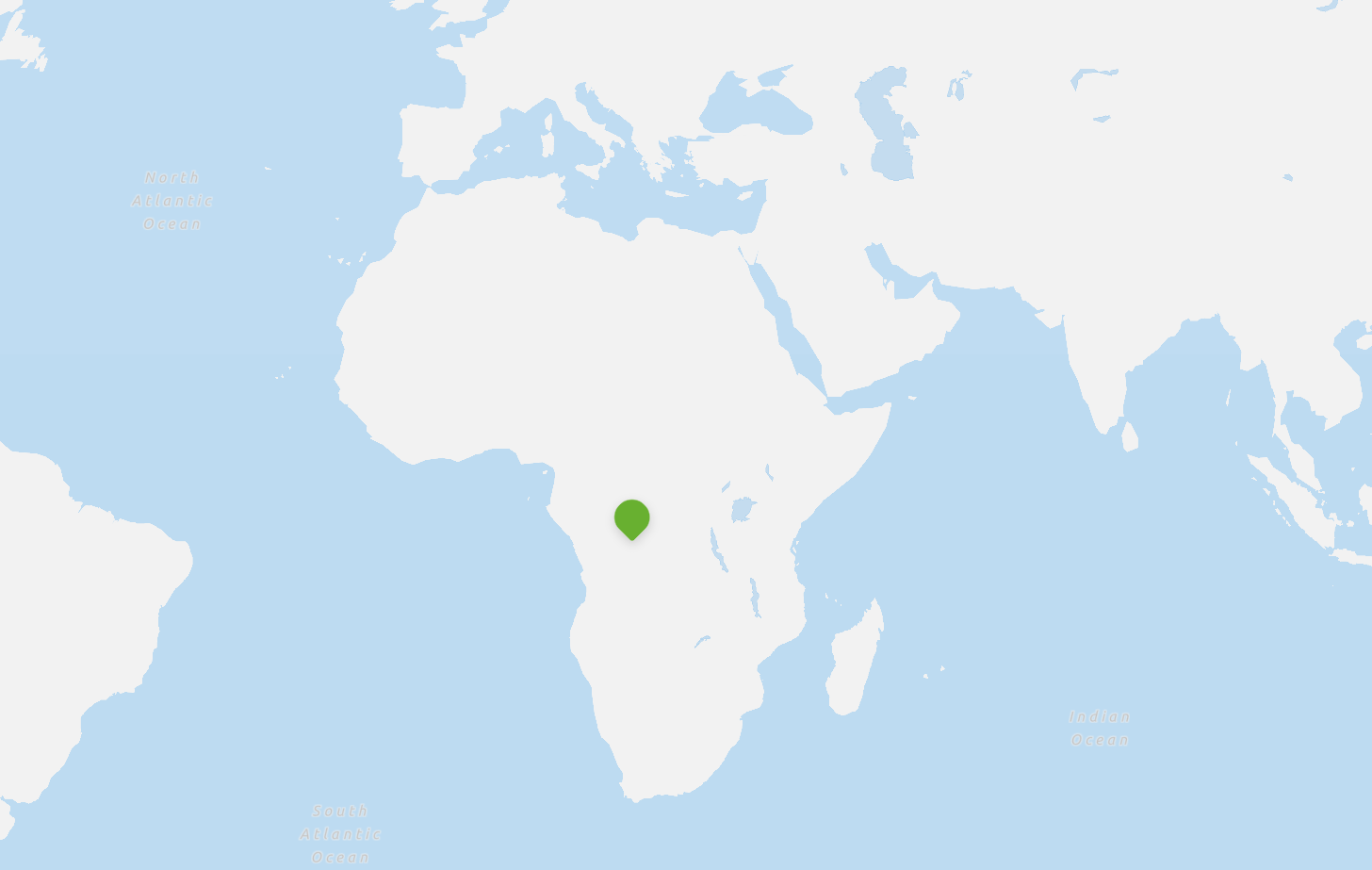
🇨🇷 Costa Rica
Projektzeitraum: 2009 - 2010
Wo? Bezirk Pocosol de San Carlos in der Provinz Alajuela
Wie viele Bäume? 40.000 bäume
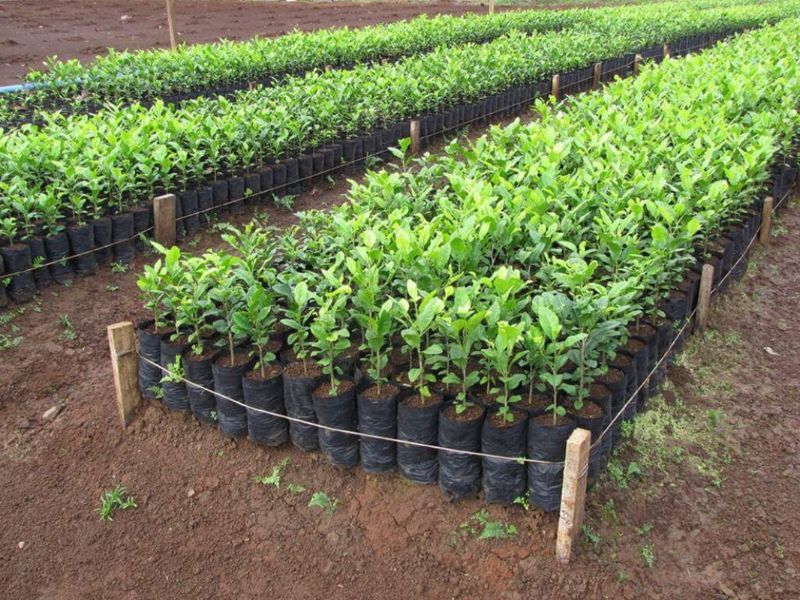
In the north of Costa Rica, Plant-for-the-Planet, with the support of a planting partner, is reforesting former pastureland with teak trees and other precious woods in mixed stands. The planting area is located in the district of Pocosol de San Carlos in the province of Alajuela. A large part of the seedlings, which are reforested for Plant-for-the-Planet, are used to create so-called "living fences", which replaces the previous fencing of the reforestation areas of a finca. A tree is planted at a distance of 30 cm from each other, thus preventing the intrusion of free-roaming cattle.
In addition to Swietenia macrophylla, Dalbergia retusa, Anacardium excelsum, Vochysia guatemalensis and Acacia mangium, the preferred tree species include the Central American forest almond tree or "almendro" (Dipteryx panamensis), whose almond-shaped fruits are essential for the survival of the endangered great soldier macaw (Ara ambiguus).
A total of 40,000 trees have been reforested in Costa Rica so far.
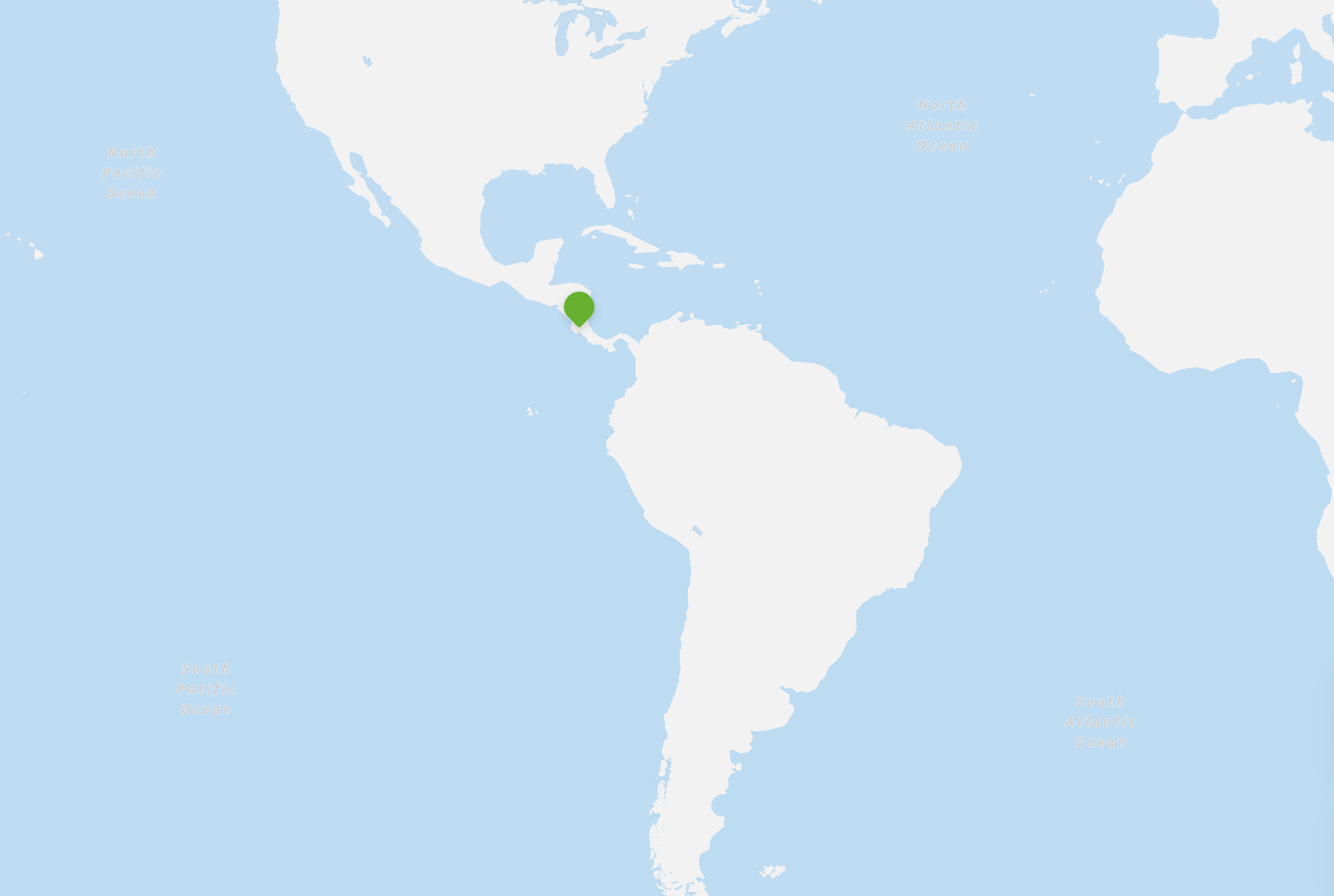
🇪🇨 Ecuador
Projektzeitraum: 2008 - 2009
Wo? Provinz Pinchincha (Bezirk Puerto Quito)
Wie viele Bäume?
28.800 einheimische Bäume
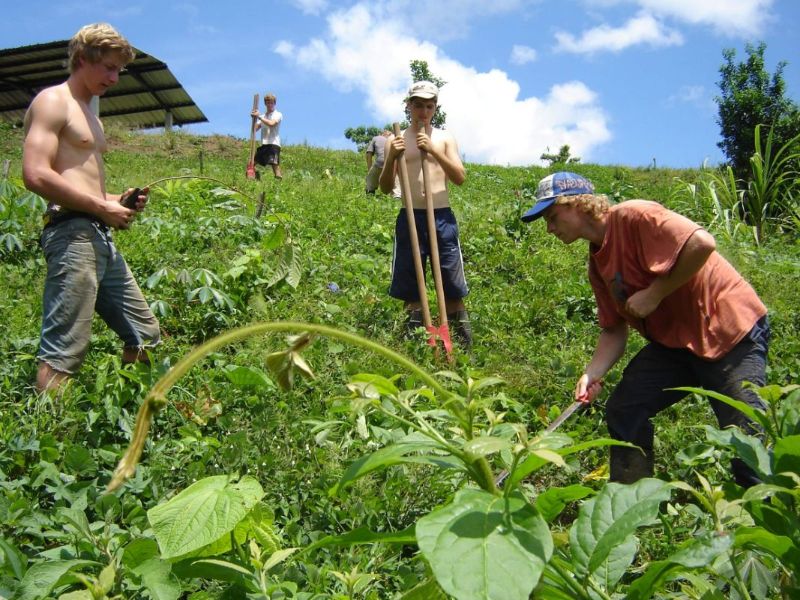
Plant-for-the-Planet hat ein weiteres Projekt in Ecuador in der Provinz Pinchincha, etwa 130 km westlich der Hauptstadt Quito. Gregor Hintler, ein Student aus Deutschland, der ein Auslandsjahr in Ecuador verbracht hat und maßgeblich am Aufbau unserer studentischen Initiative beteiligt war, hat dieses Projekt im Jahr 2009 gestartet. Gemeinsam mit Einheimischen wurden bereits mehr als 28.000 Bäume gepflanzt. Während seines Aufenthalts arbeitete Gregor eng mit Sr. Edwin Bustamante, einem Umweltingenieur aus Ecuador, zusammen, der inzwischen die Leitung des Projekts übernommen hat.
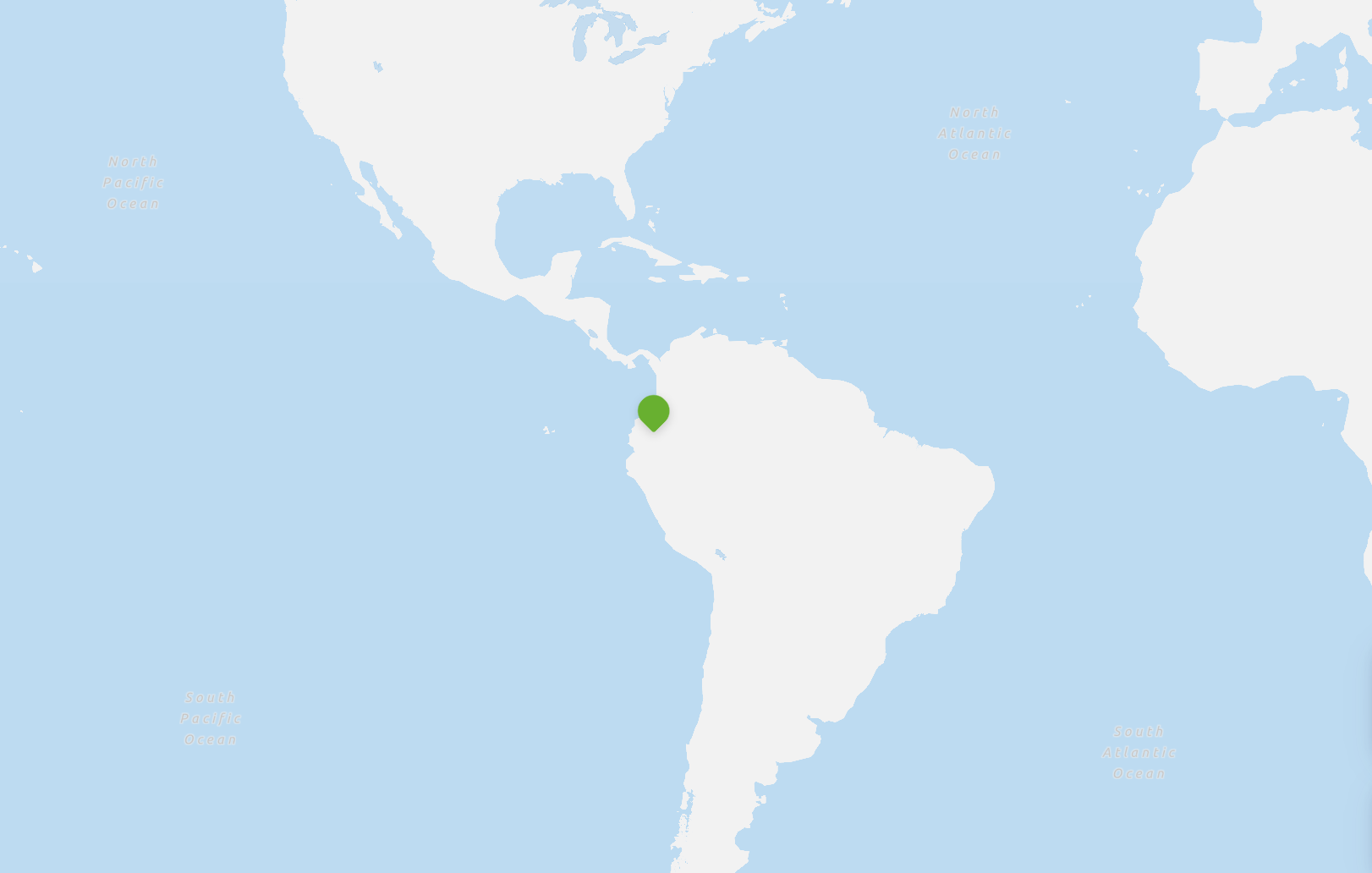
🇮🇳 Indien
Projektzeitraum: 2014
Wo? Sirumalai Hills
Wie viele Bäume?
170.163 verschiedene Baumarten, hauptsächlich Grevilleas
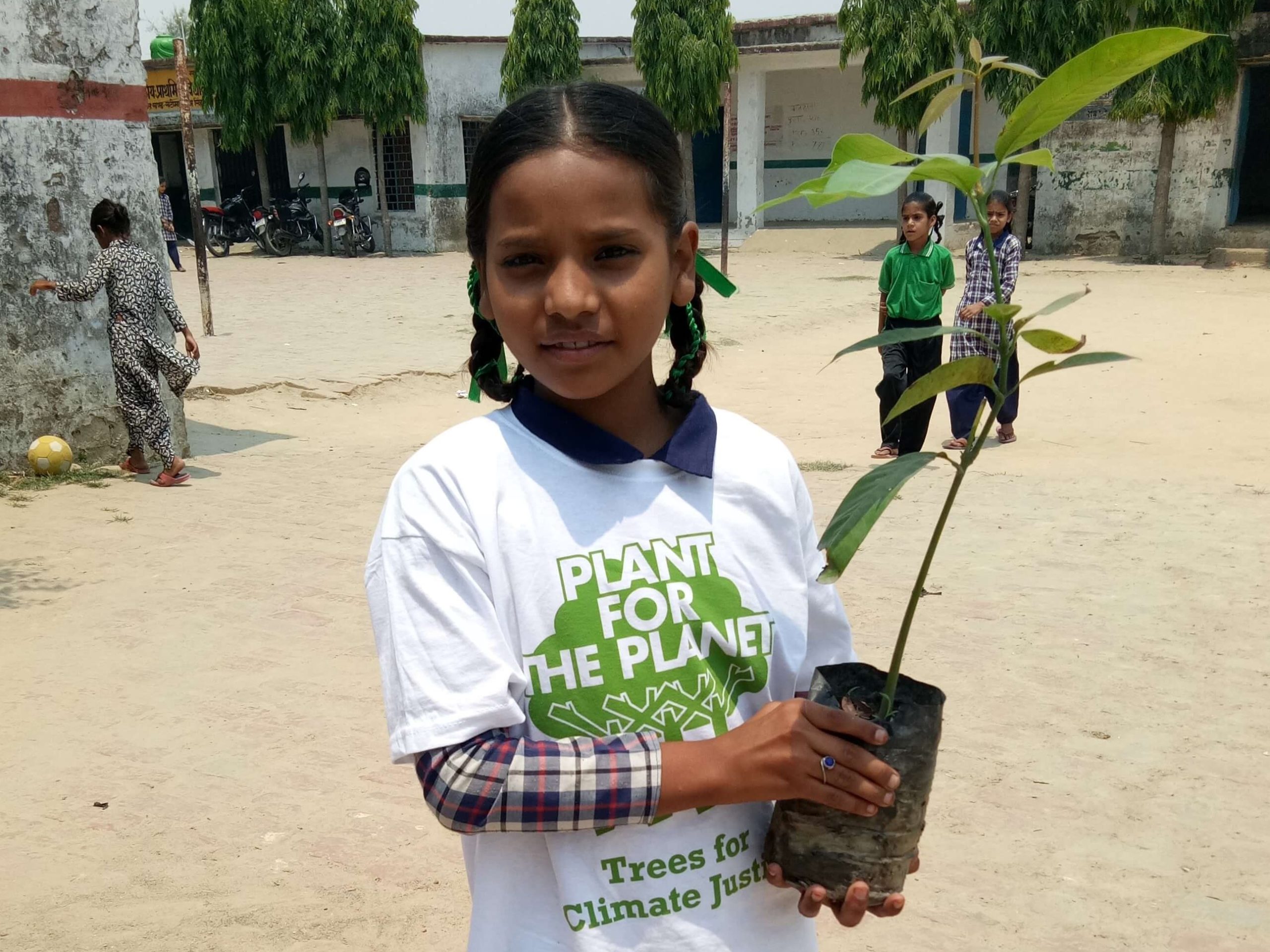
Gemeinsam mit unserem langjährigen Pflanzungspartner forsten wir Bäume in den Sirumalai Hills nördlich der Stadt Madurai auf. Die Bäume werden von Schülern und Lehrern aus verschiedenen Schulen im Rahmen von Schulprojekten gepflanzt. Neben dem Klima- und Landschaftsschutz leistet das Projekt damit auch einen Beitrag zur Umwelterziehung. Während der Pflanzaktion werden die teilnehmenden Kinder und Jugendlichen über die Klimakrise aufgeklärt und lernen, wie sie nachhaltig mit ihrer Umwelt umgehen können. Die Bäume spenden der Bevölkerung in heißen Zeiten Schatten und sorgen für frische und kühle Luft. Es werden verschiedene Baumarten gepflanzt, hauptsächlich jedoch Silbereichen (Silver Oak Tree). Die Setzlinge stammen aus der Baumschule Vadipatti bei Sirumalai. Das fruchtbare Land des Sirumualai-Hügels wird von den Einheimischen für den ökologischen Landbau sowie für den Anbau und die Erforschung traditioneller Heilpflanzen genutzt. Das Gebiet ist auch ein beliebtes Naherholungsgebiet.
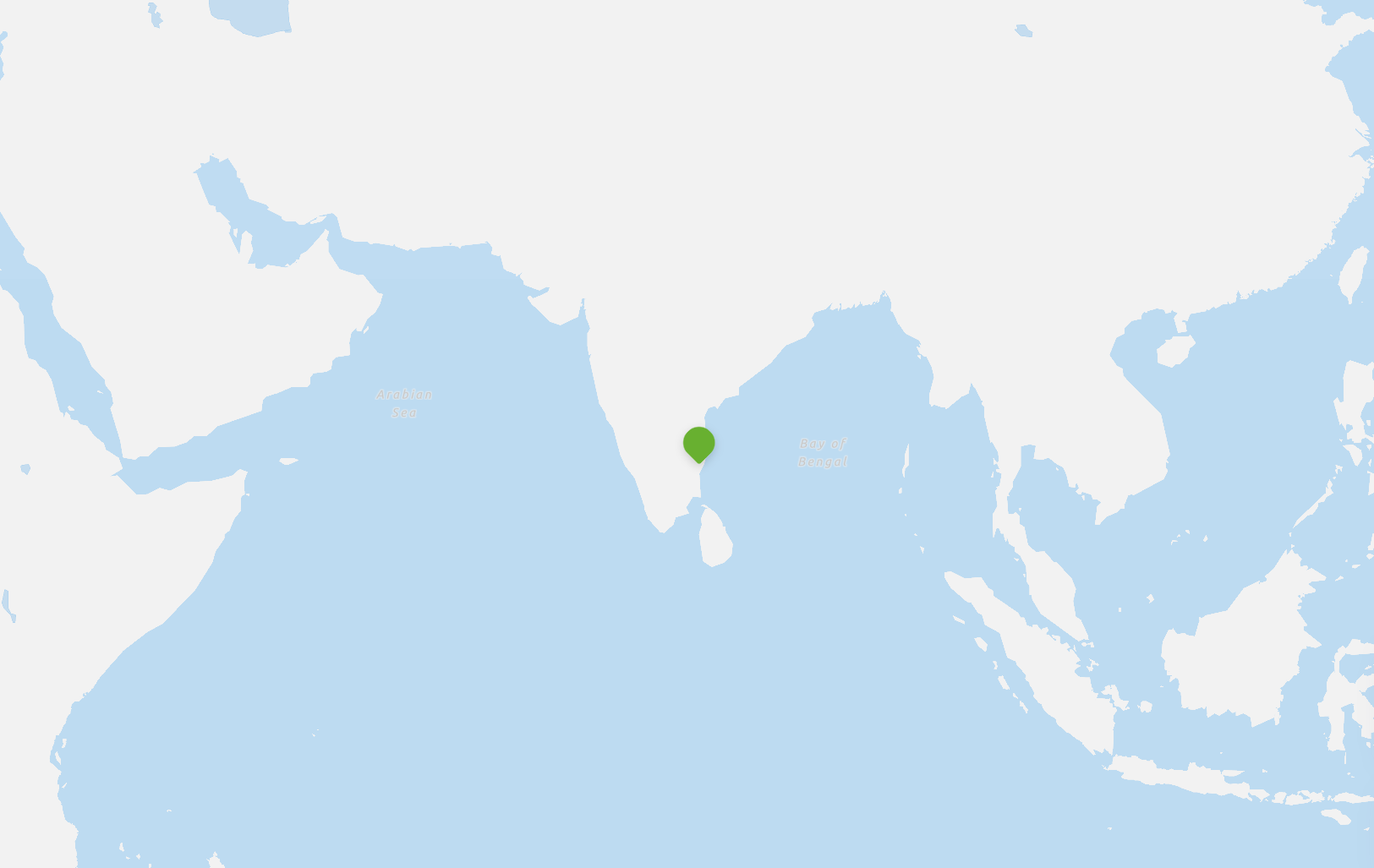
🇲🇾Malaysia
Projektzeitraum: 2009 - 2012
Wo? Kuala Gula, Matang Waldreservat
Wie viele Bäume?
590.000 Mangroven und Intsia (u.a.)
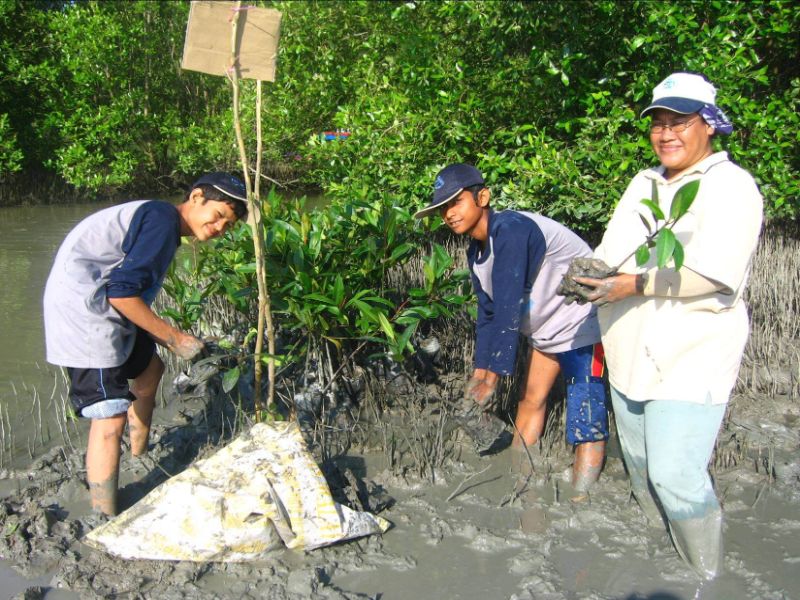
Die SMK Teloi Kanan Schule in Kuala Ketil, Malaysia, pflanzt Mangroven- und Merbausetzlinge für Plant-for-the-Planet in Asien. Das Schulprojekt begann 2006, als sich die Schule der UNEP Billion Tree Campaign anschloss, und wird bis heute fortgesetzt. Schüler der Teloi Kanan Secondary School, andere Schulen in der Umgebung und einheimische Fischer sind an den Pflanzaktionen beteiligt. Die Zusammenarbeit wird langfristig fortgesetzt und ist seit 2013 auch auf andere asiatische Länder ausgedehnt worden.
Die Bäume werden unter anderem in Kuala Gula gepflanzt, etwa 220 km von der Schule entfernt. Kuala Gula ist Teil des Matang-Waldreservats, das zu den wenigen verbliebenen Watt- und Mangrovenwäldern gehört. Der Fischfang ist ein wichtiger Wirtschaftszweig für die örtliche Gemeinschaft, denn Kuala Gula ist ein kleines Fischerdorf, das frische Muscheln, Krabben, Garnelen und Fisch liefert. Kuala Gula ist auch eine wichtige Zugroute für Vögel. Zugvögel nutzen die Region, um zwischen den nördlichen Brutgebieten und den südlichen Winterquartieren in wärmeren Regionen zu fliegen. Hier leben mehrere Wasservögel und weltweit bedrohte Vogelarten wie der Löffelstrandläufer, die asiatische Wasseramsel, der Schwarzkopfibis und der Chinareiher. Die Mangrovenwälder von Kuala Gula bieten auch der weltweit bedrohten Mangrovenpitta, dem Schwarzbauch-Malkoha, dem Kastanienbrust-Malkoha und der Zimtkopf-Grüntaube Zuflucht.
Die Schule pflanzt Mangrovenbäume, weil diese Bäume wichtig für den Schutz vor Meeresstürmen und Tsunamis sind. Der Begriff Mangrove bezieht sich auf Pflanzen, die in salzigen oder salzhaltigen Gewässern, in der Gezeitenzone und in Küstengebieten wachsen. Mangroven sind ein wichtiger Brutplatz für Fische, Krabben, Krebse und Krustentiere, die eine wichtige Quelle für die lokale Ernährung darstellen. Mangroven dienen als Windschutz gegen starke Winde und Wellen und bieten so einen natürlichen Küstenschutz. Sie verhindern auch die Erosion. Die Bäume dienen als Sammelbecken für Nährstoffe und Sedimente. Die Nährstoffe verbleiben in den Mangroven, wo sie das Wachstum anderer Organismen fördern. Mangroven beherbergen somit eine Vielzahl gefährdeter Wildtiere und die Vielfalt der Pflanzenwelt, von denen einige einen großen medizinischen Wert haben oder erst noch entdeckt und erforscht werden müssen. Die Bäume werden auf Gemeinschaftsland gepflanzt, und die Pflege und langfristige Instandhaltung wird von unserem Pflanzpartner übernommen. Setzlinge, die sich nicht gut entwickelt haben, werden regelmäßig ersetzt. Über die Zusammenarbeit bei der Aufforstung hinaus ist die Durchführung mehrerer Plant-for-the-Planet-Akademien während der Anpflanzungsphasen geplant.
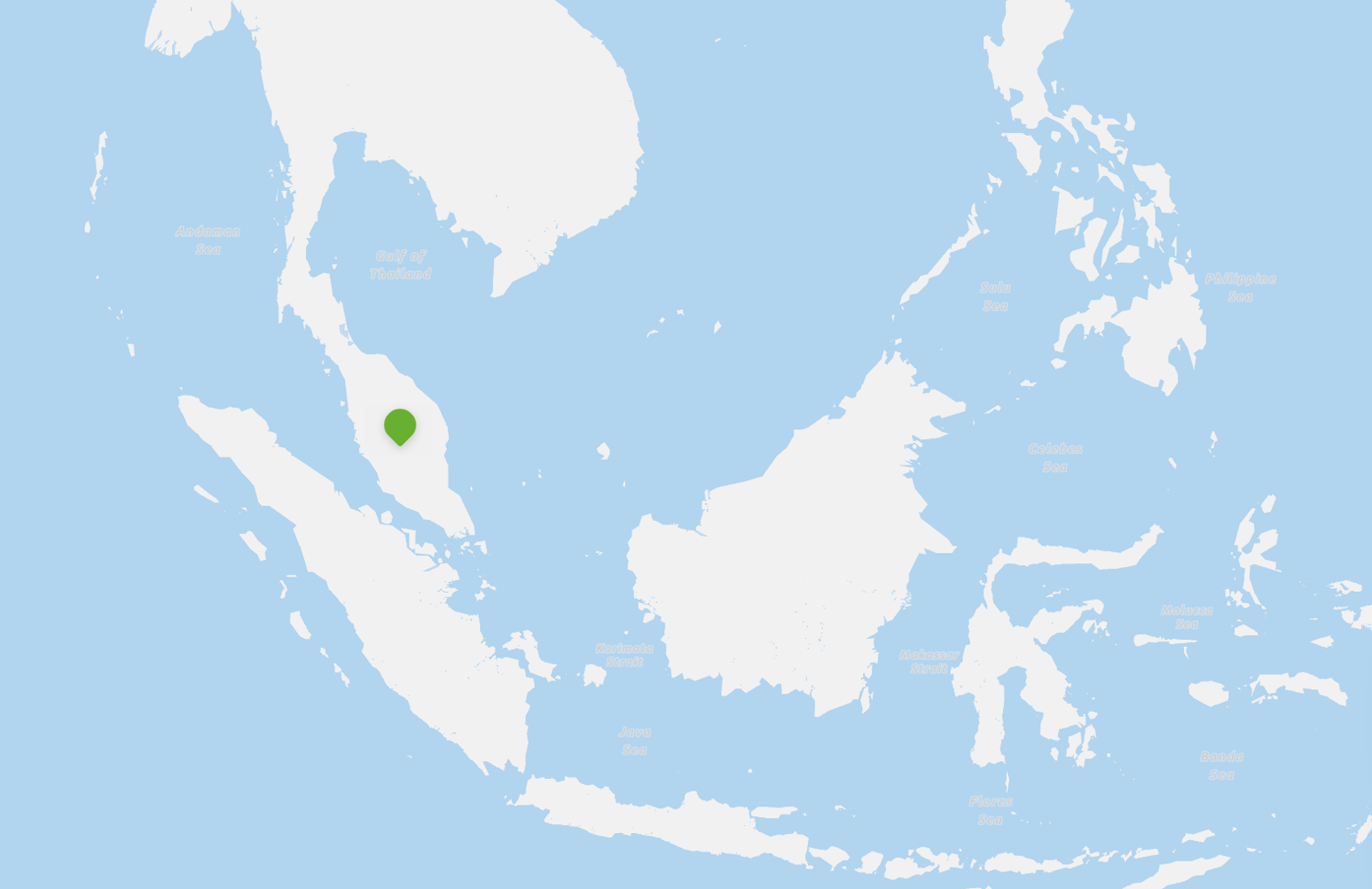
🇳🇦 Namibia
Projektzeitraum: 2008-2010
Wo? Die Regionen Oshana, Oshikoto, Omusati und Ohangwena im Norden Namibias
Wie viele Bäume?
50.000 einheimische Obst- und Schattenbäume
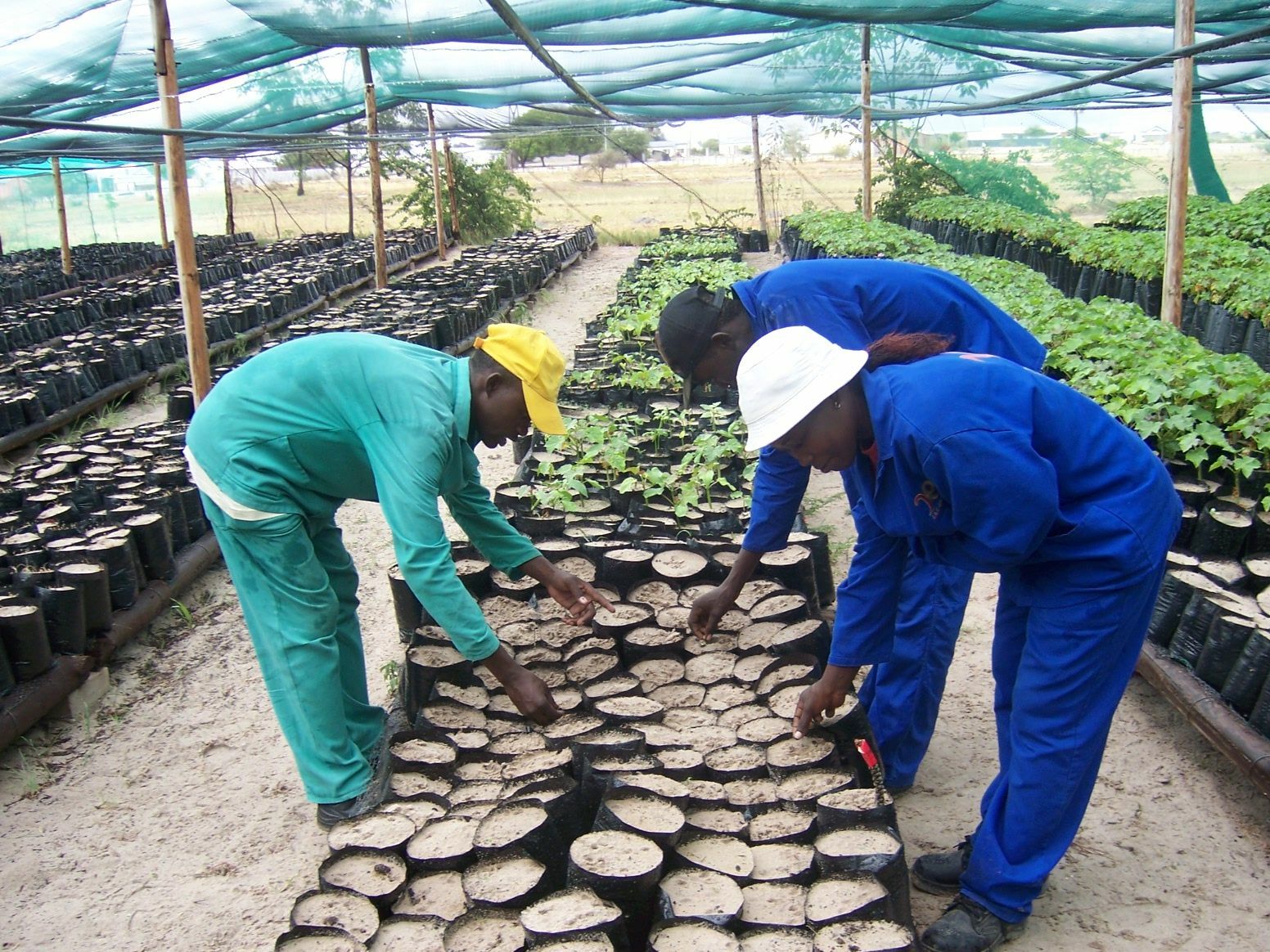
Von 2008 bis 2010 hat Plant-for-the-Planet in Zusammenarbeit mit einer erfahrenen Partnerorganisation auch in Namibia Bäume gepflanzt. Die faszinierende Landschaft Namibias muss vor der drohenden Zerstörung und Wüstenbildung geschützt werden. Große Gebiete im Nordwesten des Landes sind bereits von starker Abholzung und Umweltzerstörung betroffen. Um dem entgegenzuwirken, pflanzt Plant-for-the-Plant Obst- und Schattenbäume in Ondangwa und Mangobäume in Ontananga. Die Setzlinge werden von der lokalen Partnerorganisation aufgezogen und gepflegt.
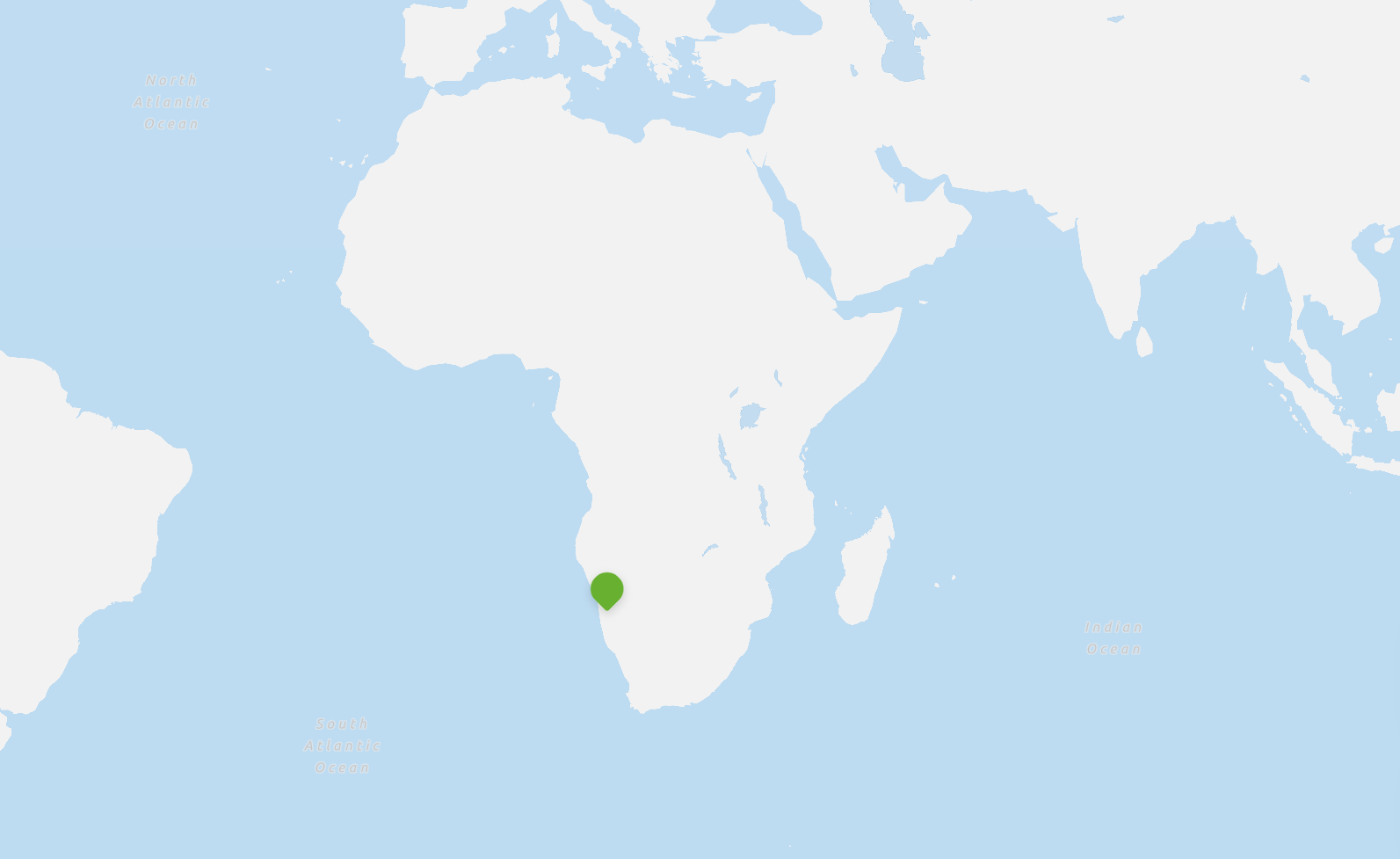
🇵🇭 Philippinen
Projektzeitraum: 2014
Wo? Bayug Island, Illigan City
Wie viele Bäume?
813.143 Bäume, hauptsächlich Mangroven
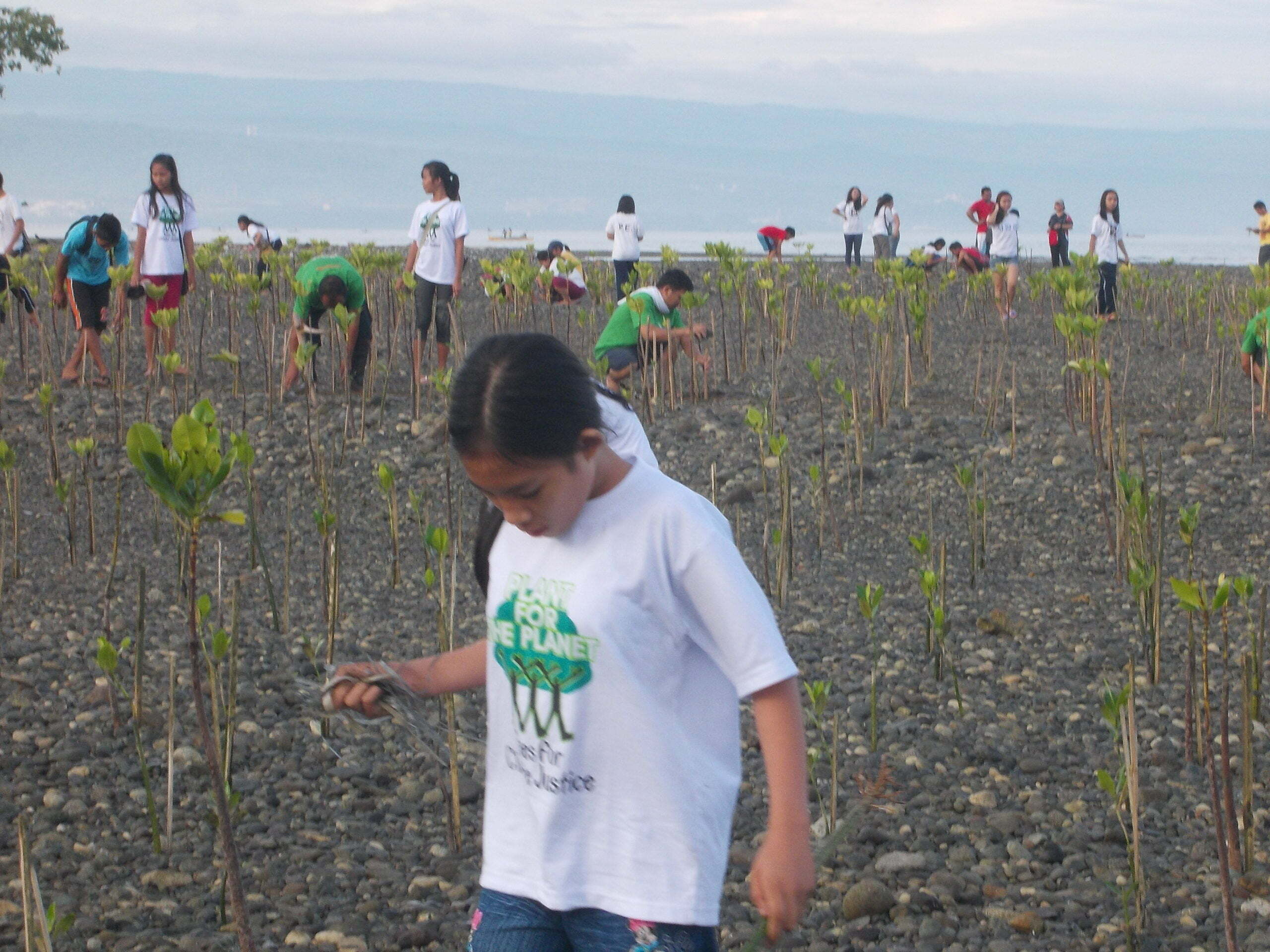
Unser Pflanzpartner für Asien pflanzt für Plant-for-the-Planet Mangroven auf den Philippinen. Mangroven dienen als wichtiger Schutz gegen Meeresstürme und Tsunamis. Außerdem binden sie große Mengen an CO2. Lokale Schulklassen forsten gemeinsam mit Freiwilligen auf Bayug Island, Illigan City, auf.
